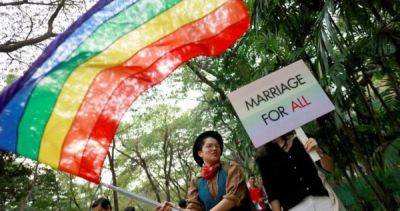Protests drove Nepal’s king off the throne 16 years ago. Now, protests are trying to bring him back
KATHMANDU, Nepal (AP) — Sixteen years ago, mass protests in Nepal forced then-King Gyanendra Shah to give up the throne and clear the way for a republic. Now, a new wave of protest is trying to bring him back.
The capital of the Himalayan country is again teeming with demonstrators, this time demanding that Shah be reinstated as king and Hinduism brought back as a state religion. Royalist groups accuse the country’s major political parties of corruption and failed governance and say people are frustrated with politicians.
“Come back king, save the country. Long live our beloved king. We want a monarchy,” the crowd chanted at a rally last month in Kathmandu.
Growing frustration with the present system has led to calls for radical change. Pro-monarchy rallies have been growing larger, and an increasing number of homes and businesses are displaying portraits of the ex-king and his ancestors.
Gyanendra was a constitutional head of state without executive or political powers until 2005, when he seized absolute power. He disbanded the government and parliament, jailed politicians and journalists and cut off communications, declaring a state of emergency and using the army to rule the country.
Protests that drew hundreds of thousands of people forced him to give up power to the parliament in 2006, and two years later parliament voted to abolish the monarchy and Gyanendra left the Royal Palace to live the life of a commoner.
But many Nepalis have grown frustrated with the republic, saying it has failed to bring about political stability and blaming it for a struggling economy and widespread corruption. Nepal has had 13 governments since the monarchy was abolished in 2008.
Many Nepalis believe elected politicians are more interested







